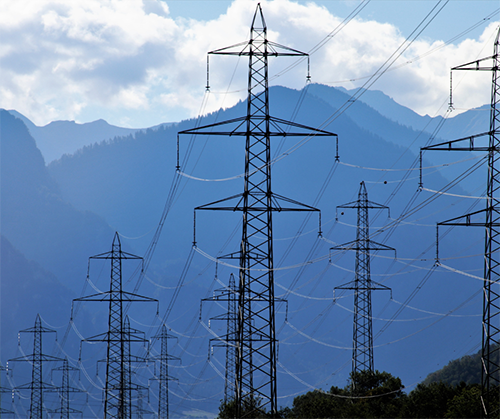Take the Guesswork out of Scope 1, 2 and 3 GHG Emissions
Whether on the news, through social media or during conversations with colleagues, many people have heard some mention of greenhouse gas (GHG) emissions and their contribution toward climate change. These emissions, mostly made up of carbon dioxide, methane and nitrous oxide, trap heat in the atmosphere and can remain there for thousands of years.
While the general, detrimental effects of GHG emissions are more easily understood, distinctions between the different emission types, defined by the GHG Protocol Corporate Standards Scope 1, Scope 2 and Scope 3 emissions, are more nuanced.
Scope 1: Direct Emissions
The U.S. Environmental Protection Agency (EPA) defines Scope 1 emissions as those “… that occur from sources that are controlled or owned by an organization,” such as the fuel burned by a fleet of vehicles or the gas bi-product at our manufacturing sites.
Stepan Company reports our Scope 1 emissions annually to the American Chemistry Council (ACC), as part of Responsible Care® and the Carbon Disclosure Project (CDP).
Scope 2: Indirect Emissions
Scope 2 emissions are defined by the EPA as, “… indirect GHG emissions associated with the purchase of electricity, steam, heat, or cooling.” When an organization purchases these goods for their sites, they contribute to Scope 2 emissions.
Stepan discloses these emissions to ACC, Responsible Care® and CDP as part of our annual reporting commitments.
Scope 3: Indirect Value Chain Emissions
Scope 3 emissions are “… the result of activities from assets not owned or controlled by the reporting organization, but that the organization indirectly impacts in its value chain,” according to the EPA. Scope 3 covers any emissions in an organization's value chain that are not included in Scope 1 or Scope 2. These emissions can be from leased assets, purchased goods or business travel, among other sources.
Scope 3 emissions are often difficult to quantify given their ambiguous nature. They are currently not mandated to report but are still important areas of concern for organizations.
At Stepan, we have set Goals for a More Sustainable Future that include a goal to reduce our global GHG emissions by 10% per metric ton of production by 2025 from a 2016 baseline emission rate. Based on our 2022 data, Stepan achieved this goal early, reducing Scope 1 and 2 emissions by about 11% across our sites. Since setting our original reduction goals, Stepan has expanded our manufacturing footprint, and we are excited to have driven these reductions while growing our operations. As we look ahead, we will continue efforts to reduce emissions and use resources efficiently.
Since that time, we have acquired new facilities and expanded our manufacturing capacity. Looking across our current manufacturing sites, we have reduced Scope 1 and 2 absolute emissions by roughly 9% since 2016.
Sustainability continues to be at the heart of all that Stepan does and monitoring our GHG emissions is just one way we continue to strive toward a cleaner, healthier and more energy-efficient world.
*Footnote: Stepan is not responsible for the content of third-party websites



